Short News – Latin America
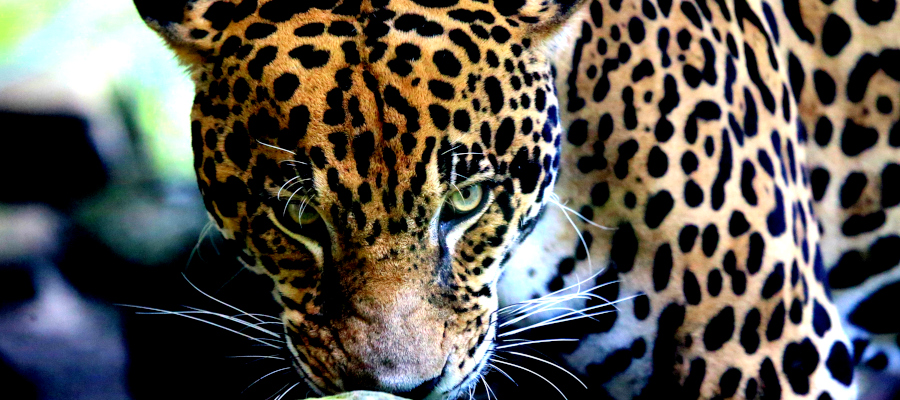
More jaguars in Mexico
The number of wild jaguars in Mexico has grown 20 percent in the past eight years. This is due to conservation efforts by the country’s national parks.

Paraguay eliminates malaria
Paraguay is the first country in the Americas in 45 years to wipe out malaria. The success is thanks to preventive measures and greater access to healthcare.
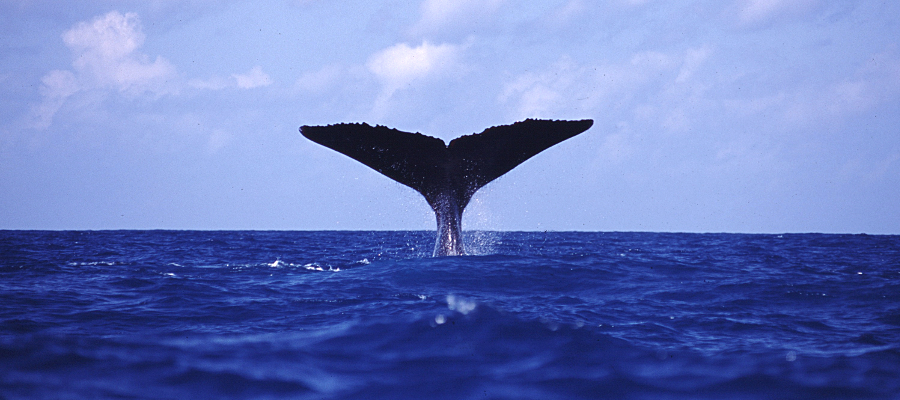
Brazil protects more sea
The Brazilian government has declared two huge new protected marine areas, to be a safe haven for endangered species such as sea turtles, sharks, and whales.
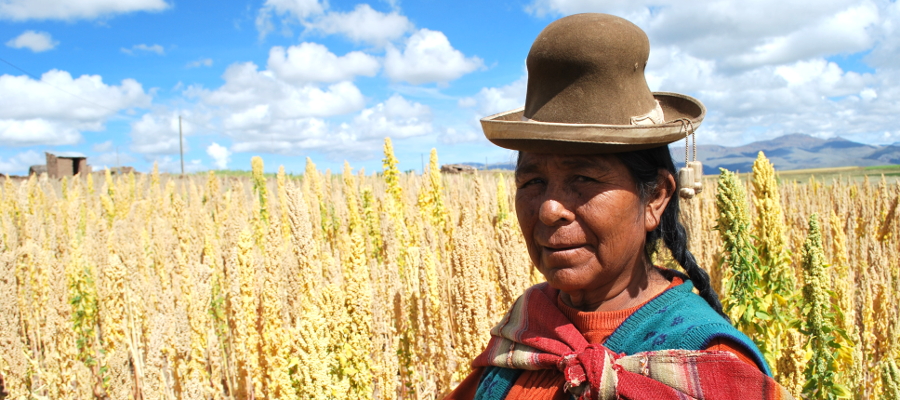
Cooperation gave land rights
Thanks to a Danish-Bolivian partnership, thousands of indigenous people have attained the legal rights to their own land, a new evaluation report shows.
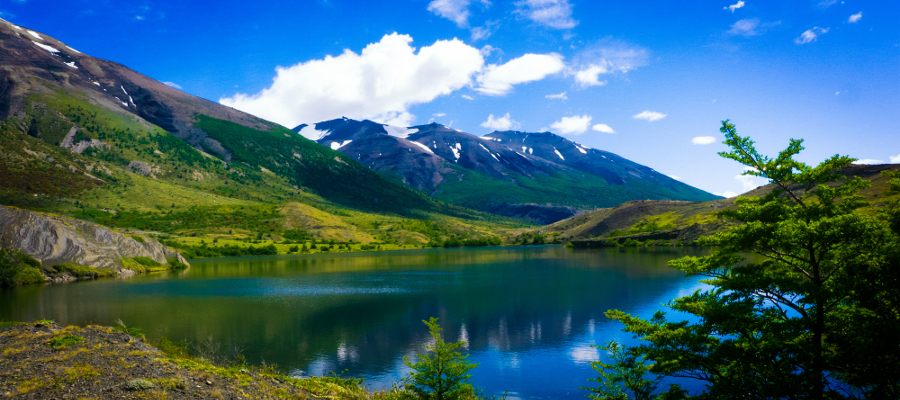
More natural parks in Chile
Chile has established five new natural parks and expanded three existing ones. The new protected areas encompass more than 40,000 km2.
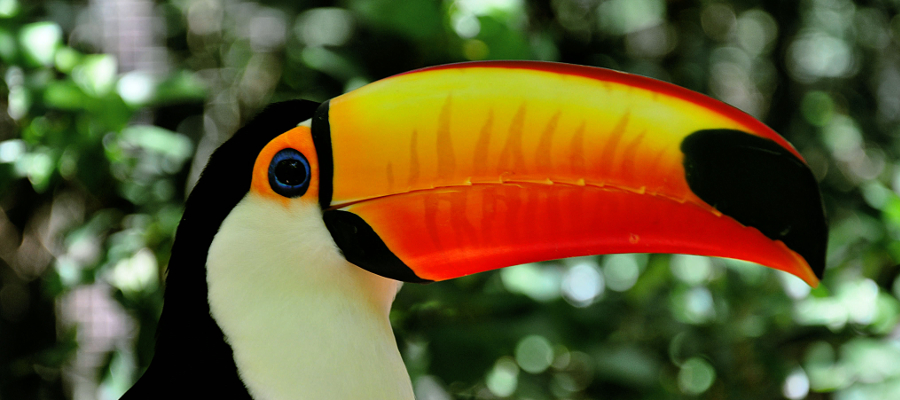
Brazil to plant new rainforest
The largest reforestation project in history aims to plant 73 million new trees in Brazil before 2023, as part of replanting 12 million hectares before 2030.
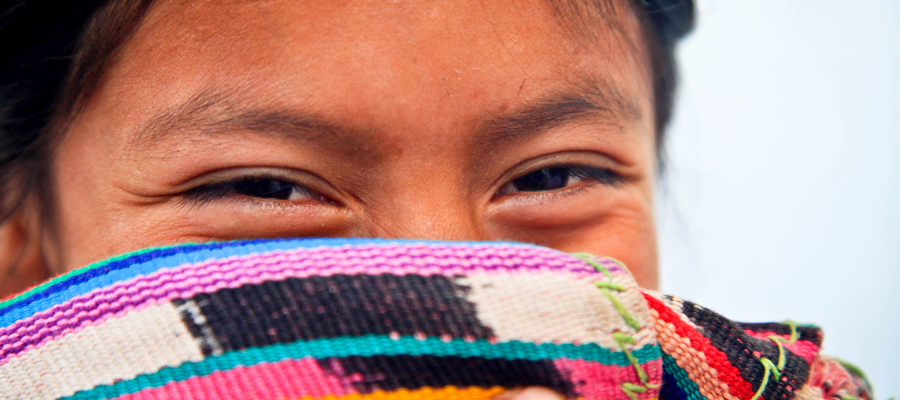
Latin countries ban child marriage
Several Central American countries have banned child marriage, including Honduras and Guatemala. Until 2012, around 29 percent of Latinas got married too early.
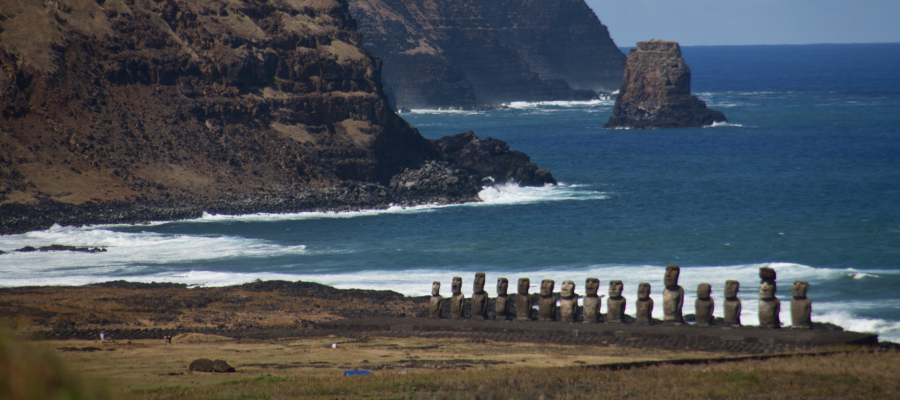
Protection for Easter Island sea
Chile has created a huge new marine protection area around Easter Island. The area is meant to protect many species, including 27 at risk of extinction.
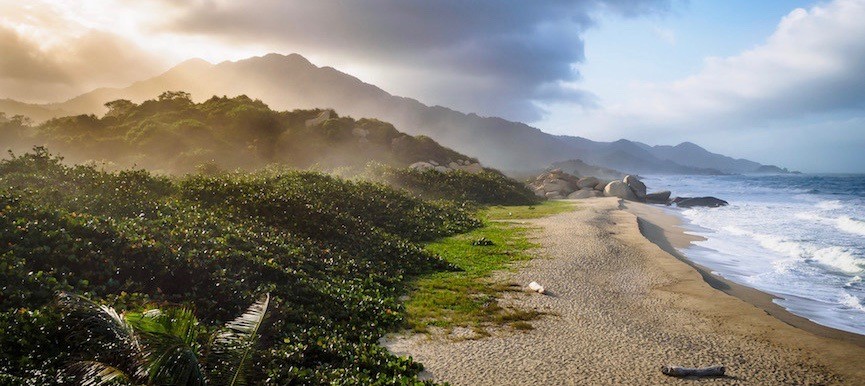
Colombia protects coast and ocean
Colombia is more than doubling the size of its World Heritage Malpelo sanctuary. The area is home to a wide variety of birds and marine species.

Chile gains abortion rights
Women in Chile have now gained the right to abortion if they have been victims of rape, if the foetus cannot survive, or if the woman’s life is in danger.
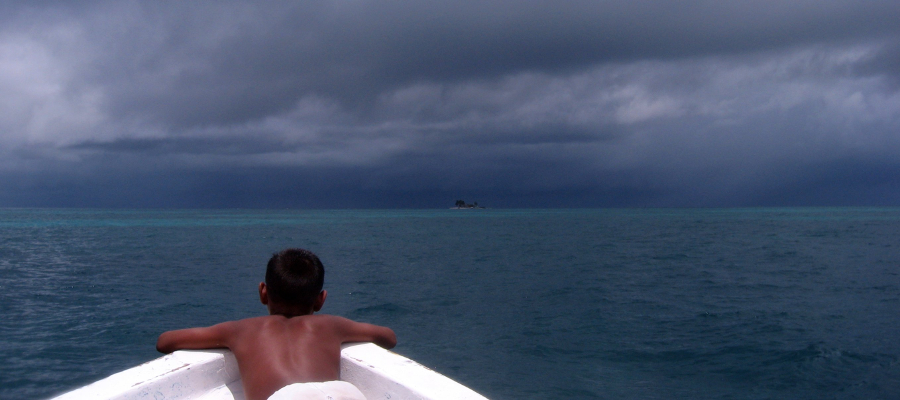
No drilling in coral sea
The Caribbean country of Belize has permanently banned oil exploration in and around its coral reefs.
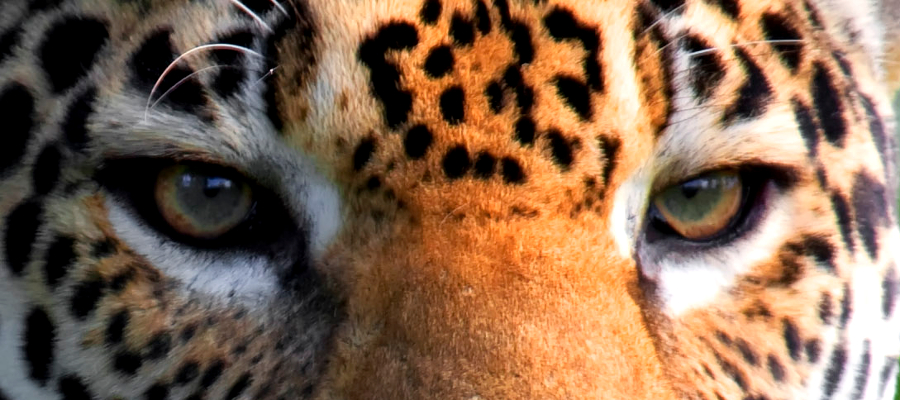
More jaguars in Argentina
The number of jaguars in Argentina’s coastal forest has doubled since 2005. Cameras placed in nature show that between 71 and 107 jaguars now live in the area.